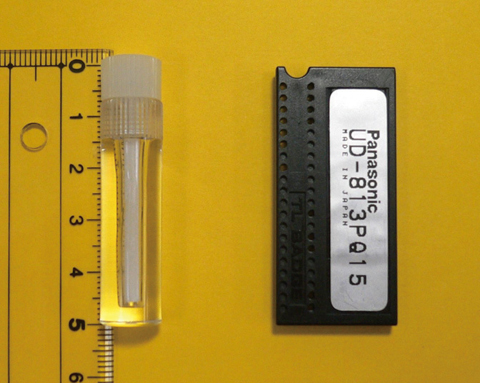
Photo 12-1 Alanine dosimeter (left) and lithium tetra borate dosimeter (right)
Fig.12-4 Comparison of neutron and γ-ray absorbed doses in muscle between measurement and calculation
When personnel receive significant exposures (e.g., at the JCO criticality accident in 1999), radiation emergency treatment is conducted immediately. Speedy and accurate notification of absorbed doses is required for determining the treatment strategy.
A study on human dosimetry in criticality accidents has been conducted using an alanine dosimeter and a lithium tetra borate dosimeter (Photo12-1). For the application of the combined use of these two dosimeters to personal dosimetry, a dosimetry experiment for a criticality accident situation created at the Transient Experiment Critical Facility (TRACY) and its computational simulation were constructed. In the experiment, the neutron and γ-ray absorbed doses in muscle were separately estimated with the two dosimeters attached on a phantom of the human body. In the simulation, a Monte Carlo calculation was made taking account of the dose components of neutrons and γ-rays emitted in the criticality accident situation. It was demonstrated by comparison between the measurements and the calculations that this simple dosimetry technique could provide medical staffs with dose information accurate enough to perform proper radiation emergency treatment (Fig.12-4).
This dosimetry technique can also be applied to radiation control in high dose-rate areas and dosimetry of non-critical radiation accidents.